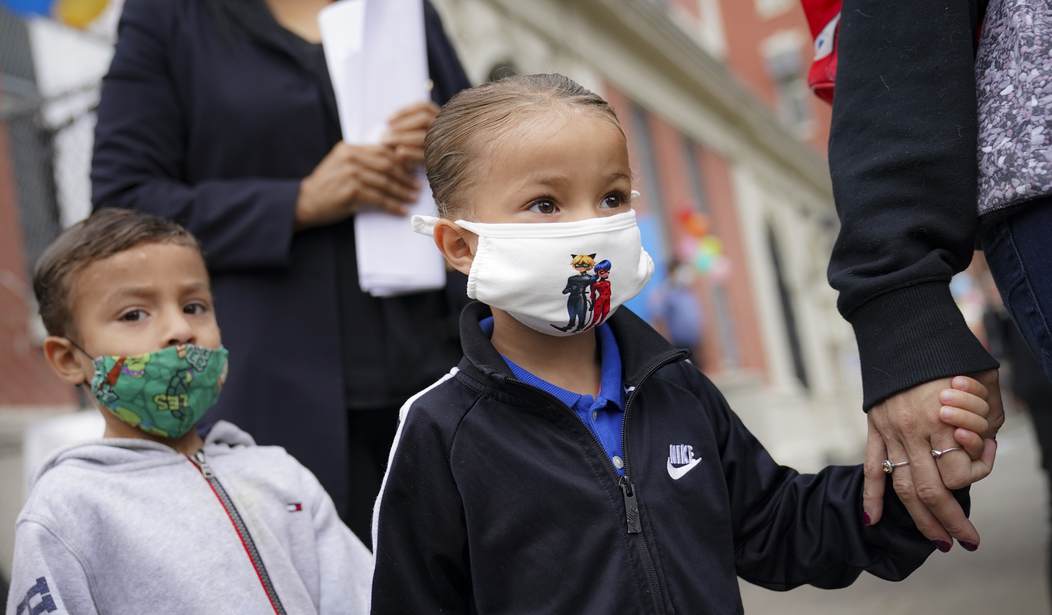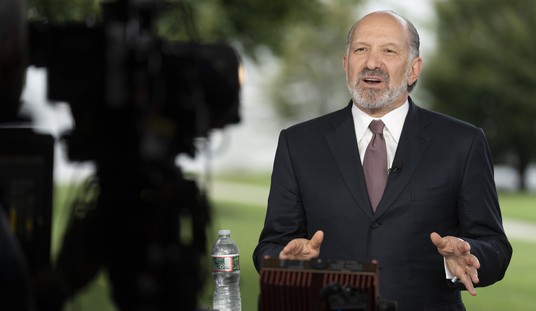An analysis by The Associated Press, Stanford University’s Big Local News project, and Stanford education professor Thomas Dee has discovered something truly sad, depressing, and frightening. Some 230,000 public school students are not accounted for. And that figure is just from 21 states. The real figure of missing students is likely far higher and represents the most spectacular failure of education in the history of America’s public schools.
“Overall, public school enrollment fell by over 700,000 students between the 2019-20 and 2021-22 school years in the 21 states plus Washington, D.C., that provided the necessary data,” reports ABC7.
Those states saw private-school enrollment grow by over 100,000 students. Homeschooling grew even more, surging by more than 180,000.
“But the data showed 230,000 students who were neither in private school nor registered for home-school. Their absences could not be explained,” according to the study reported by the TV station.
When the schools reopened after the end of the pandemic, there was an admirable, concerted effort to help kids “catch up” through intensive remedial work. But eventually, budgetary concerns led to far less effort to find and motivate these kids, and they started to slip through the cracks.
In the school districts’ defense, there are just too many of them.
Over months of reporting, the AP learned of students and families avoiding school for a range of reasons. Some are still afraid of COVID-19, are homeless or have left the country. Some students couldn’t study online and found jobs instead. Some slid into depression.
During the prolonged online learning, some students fell so far behind developmentally and academically that they no longer knew how to behave or learn at school. Many of these students, while largely absent from class, are still officially on school rosters. That makes it harder to truly count the number of missing students. The real tally of young people not receiving an education is likely far greater than the 230,000 figure calculated by the AP and Stanford.
In some cases, this wasn’t sudden. Many students were struggling well before the pandemic descended.
“Parents are bereft,” said Allison Hertog, who represents around three dozen families whose children missed significant learning when California’s physical classrooms closed. Indeed, what we’re just beginning to figure out is that the cost of closing schools — and keeping them closed long after there was any safety issue for the children — will be nearly unbearable for many families.
Related: Is It Time to Abandon Public Schools?
Many very young students — K-3 — have fallen hopelessly behind in their reading abilities. And most districts don’t have the budget to “reteach” these kids how to read. There is also a socialization issue, as many of these young children never interacted with classmates and are now unable to behave in a group setting.
The catastrophe is just now coming into focus. And it will be something we’ll be dealing with for a generation.










Join the conversation as a VIP Member